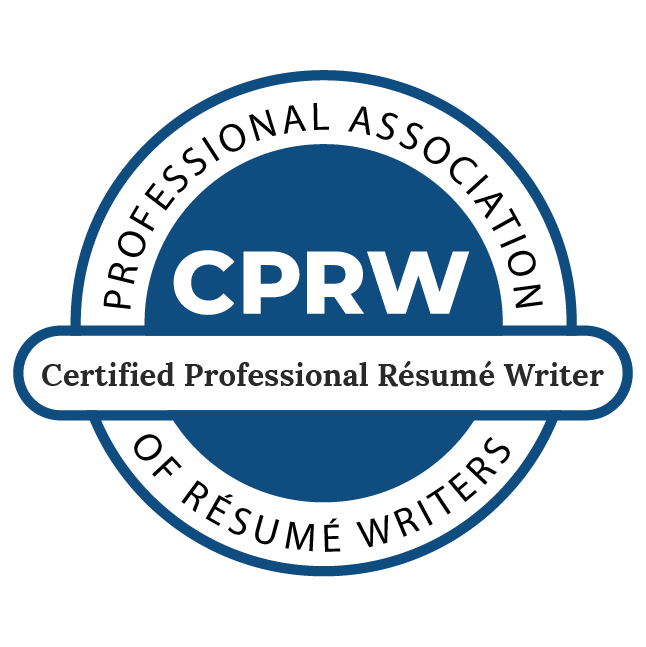Have you ever had a workplace relationship that seemed to create endless friction?
If you’ve ever wondered how to turn around a frustrating workplace dynamic — or how to deal with a difficult coworker without the negativity blowing back on you, read on!
Conflict in the workplace is a given. We can’t avoid difficult relationships, but we can control how we respond.
Lisa Feldman is an organizational development consultant who helps companies navigate the interconnectedness of talent, management, and culture. Her work is all about helping individuals and teams perform at their best.
Here are Lisa’s insights on how to navigate difficult relationships and conflict in the workplace.
Spoiler: It’s all about curiosity, acknowledging good intentions, and clarifying expectations.
Q: Why do we sometimes face friction and frustration with a particular coworker?
Friction and conflict are a natural result of the fact that each of us has different perspectives, motivations, and context – that’s why they are neutral — it is our response to them and how we handle them that makes them difficult.
In fact, according to Gallup, one of the characteristics of strong teams is that “Conflict does not destroy strong teams because strong teams focus on results.”
Moments of conflict are opportunities to create greater clarity and to move forward productively. Essential to this is an approach of curiosity.
Sometimes entering a space of curiosity is difficult when you feel offended or if you feel that the friction is part of a pattern that annoys you. While it’s important to address conflict quickly, it’s best to do it when you are able to do it with an open heart.
Here’s how to address conflict in the workplace:
When it’s time to address a potential conflict, start like this:
- Name it: “I think we have been in conflict, and I’d like to talk about it.”
- Own it: “I observe …”
- Ask questions: “What is going on here?”
- Don’t assume you understand their answer. “Tell me more.”
Q; How can we turn around a frustrating dynamic when the other person is a superior or isn’t open to change?
No matter where you are in your organization or who you’re struggling with, here are three core principles in dealing with friction with others:
- Respond vs. react: Reaction is something you do at the moment, something that comes from the gut, and it is often not constructive. Response is when you think through how to handle the situation and choose the best approach.
- Curiosity and compassion. Being open to the other person’s perspectives, motivations, and context can help you defuse the situation.
- Purpose and expectations. Clarifying how you are headed in the same direction together, and setting expectations of how you can do that together, are key to reducing friction over time.
Here’s how:
- Ask questions and take an attitude of curiosity (not an accusation). Ask neutral questions about what you are observing. Use “I” statements and be very specific about the situation. “When we were in x meeting, I observed that you xxx…. It made me wonder what was going on?”
- Seek to connect to the common purpose of the organization and of the team. If you feel disconnected from a common vision, ask how your work connects with the bigger picture. You may want to share, “Here’s how to get the best of me. Here’s what I need to achieve that.”
- Recognizing others’ efforts is something that creates connection and trust. This can be as simple as expressing specific gratitude for something someone has done. Don’t forget to express gratitude toward your superiors, too.
Q: Are there differences in how to deal with difficult dynamics if the person is a direct report (versus a colleague or superior)?
Whether you’re feeling friction with a team member, a superior, or a direct report, take the same leaderly approach: Use curiosity and compassion, and bring purpose to the discussion.
Sometimes friction with a direct report indicates that the person is not meeting your expectations in some way. Chances are that you could improve your explanation of how their work contributes to the success of the team or the organization. This is an opportunity for you to help them understand what success looks like to you.
Here’s how:
- Before meeting with a direct report, write down what you expect. Include tactical items (on-time completion; response time), behavioral items (asking for help, responding and not reacting), and anything mentioned in goal-setting processes, such as through a performance review.
- Identify one or two items that are the biggest source of friction.
- Be humble as you introduce your expectations: Acknowledge that sometimes in the busyness of work expectations are not always clear.
- Ask how you can help them succeed in whatever they are falling short on.
- Focus on what brings out the best in them. Ask them what brings out the best in them.
- Afterward, write down: What specific expectations did you discuss? What brings out the best in them? How might you help them feel that you are focused on bringing out the best in them as a way to help them meet expectations?
Q: How can you deal with a difficult coworker without having the negativity blowback on you?
Sometimes the issue here is whether or not to have the discussion publicly or privately. This is a matter of judgment. If someone says something you disagree with in a meeting, it may be appropriate to address it immediately and publicly.
If someone says something that feels like a personal or passive-aggressive attack, it may be more productive to address it in private, or, if they say something you vehemently disagree within a meeting, whether it is a perspective or something you find insulting or dismissive, how do you address this? Is addressing it in the moment the right thing? If you are the only one with the reaction, how do you prevent yourself from looking like the one causing friction?
This one is a matter of judgment.
If someone uses an offensive expression — whether it offends you personally or not — it’s important to address it. Since those who are personally offended by such comments may not be comfortable speaking up, it’s useful to the responsibility to speak up first and not wait for someone to have to defend themselves
Here’s how:
- As with other conflicts, start with acknowledging the other party’s good intentions: People may not yet know that terms like “off the reservation” or “gypped” are actually quite offensive. You can bring it up with curiosity: “I just want to clarify that xxx is not an expression we should use.”
- While “I” statements are useful in many situations, using “we” statements in situations like this can create shared ownership. It’s a leadership behavior to indicate that we are all in this together.
- Don’t feel obligated to explain the whys. It’s not your job to educate on the history of how Indigenous or Romani people have been treated. Let the other party respond with their own curiosity, in that moment or later.
- If the response is something like, “I didn’t mean anything offensive,” just repeat that you would prefer that we (not “you”) not use the expression moving forward. In that way, you are setting the tone for the meeting and the team.
If you could use some direct coaching on interpersonal relationships at work, or if you’re looking for a manager or executive coaching and mentoring, reach out to Lisa at lisafeld@gmail.com.

